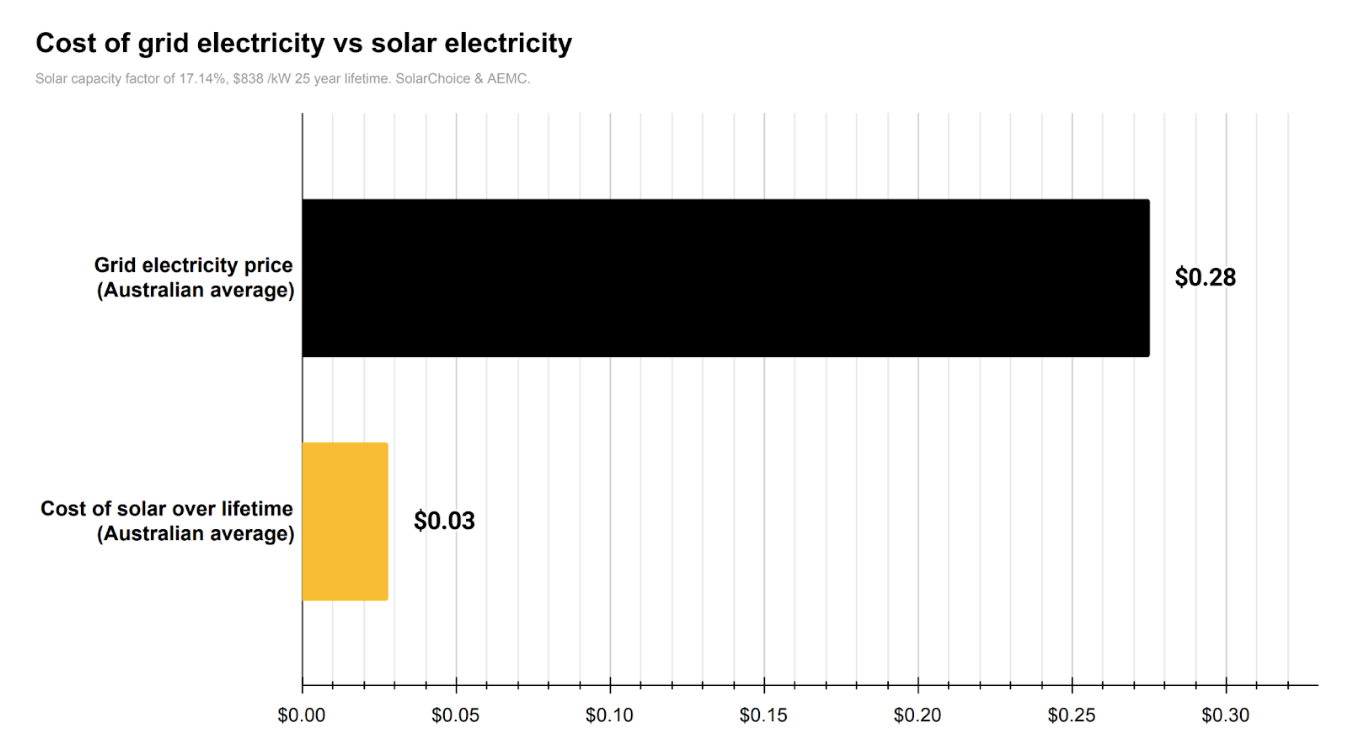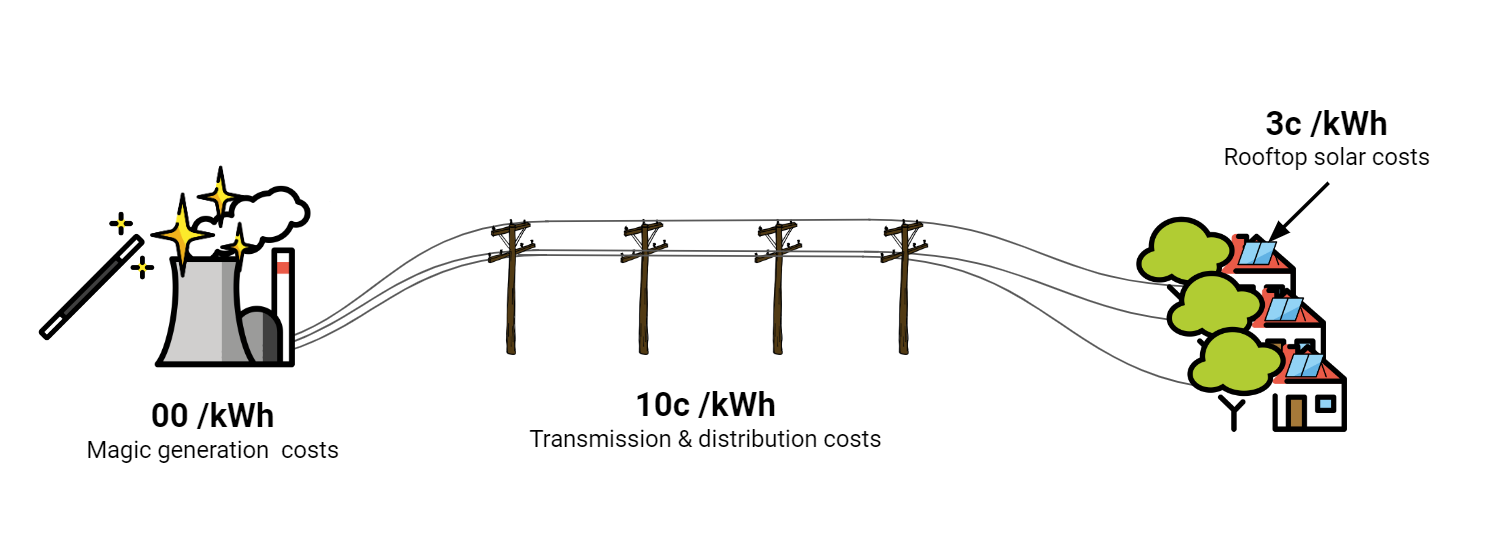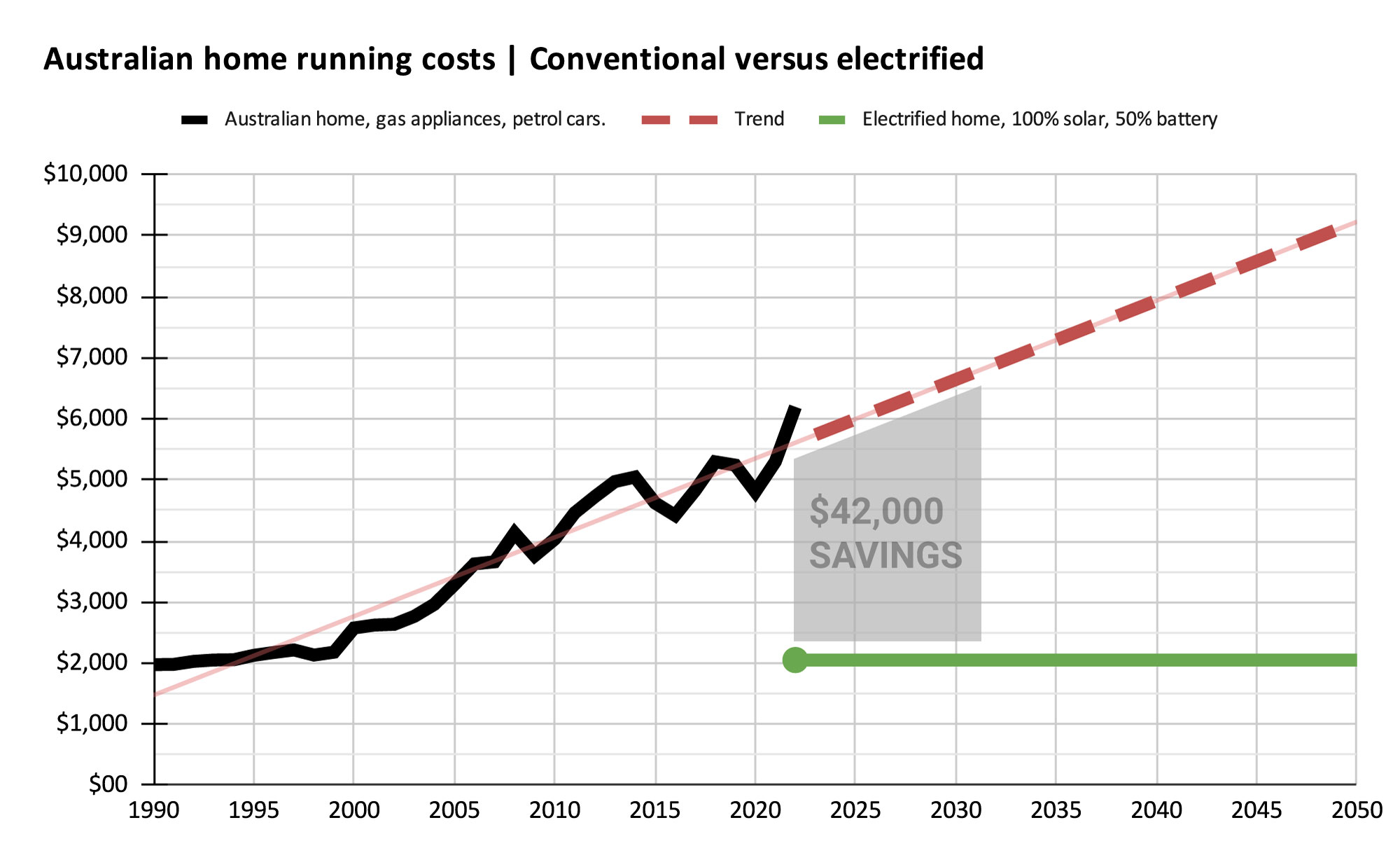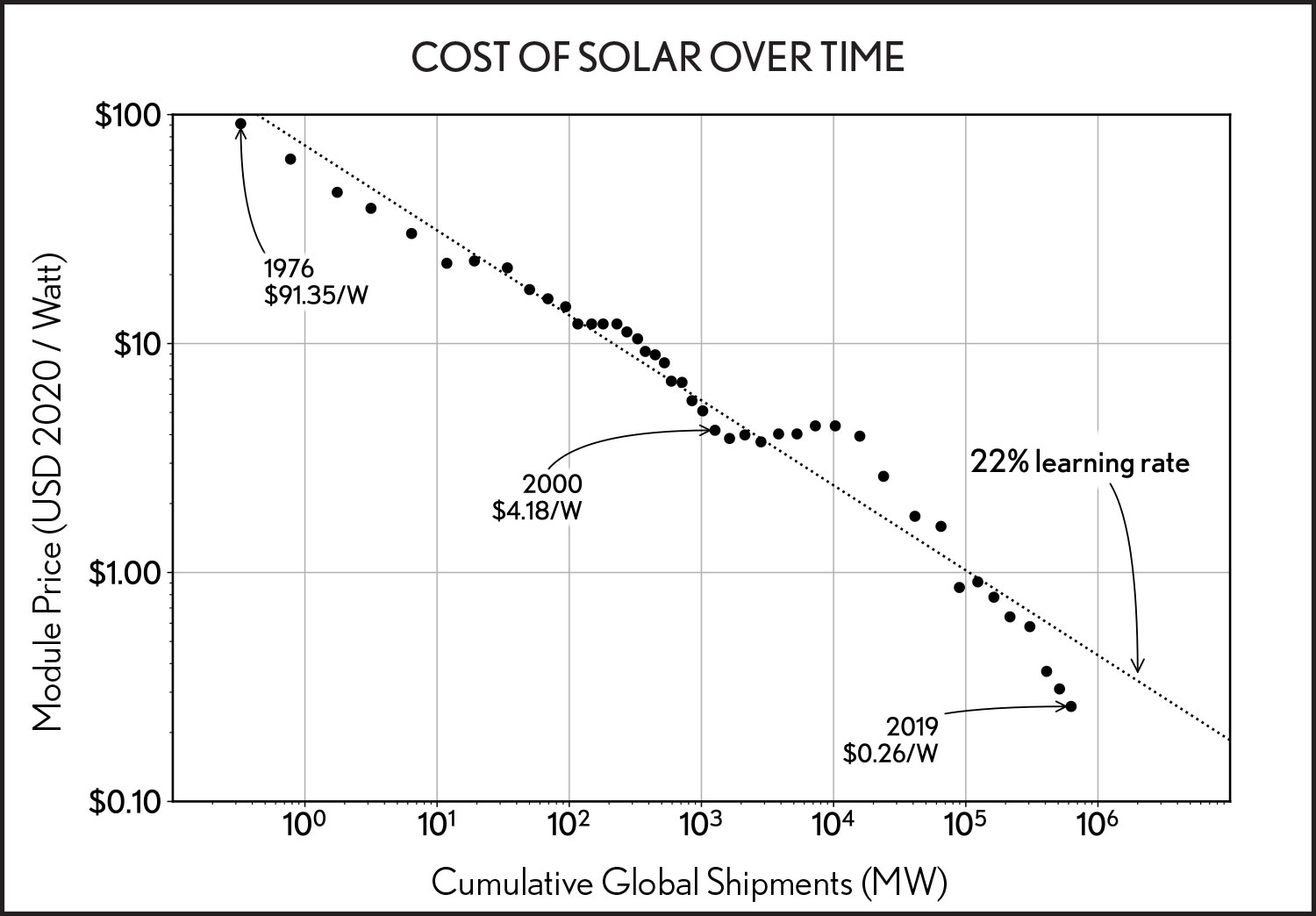The best way to run your home - for your wallet and for the climate -is to have all electric appliances and cars powered by clean electricity. It's about half the running costs of a fossil fuel home and it's how we'll have the biggest impact on climate this decade. We explain why below.

When thinking about your next appliances, think about the total cost of the fuels you will use to power those appliances over their lifetime. The most savings come from efficient electric appliances using rooftop solar.

When thinking about your next appliances, think about the total cost of the fuels you will use to power those appliances over their lifetime. The most savings come from efficient electric appliances using rooftop solar.
These are Australia's greenhouse gas emissions, the majority of them come from energy use - machines that burn fossil fuels, these machines are everything from power plants to cars and gas water heaters.

Australian emissions can be split into two major categories. Export emissions and Domestic emissions.
Export emissions are the emissions created for the products we send overseas to be used by other countries. Domestic emissions are the result of our daily lives in Australia. They are our direct responsibility and under our control.

The largest portion of domestic emissions are our households, followed by our businesses. They both use similar machines.

We have represented Australia’s domestic emissions data in a way that enables us to think about domestic economy decarbonization separately from export economy decarbonization. We separate out 2 categories, (1) the domestic emissions that support our domestic economy from (2) the trade emissions that count on Australia’s emissions budget, but are in fact emissions that are associated with creating our exports.
This categorization is useful for a few reasons, principally that the stakeholders and decision makers are very different, also that the solution set and technological readiness are quite different. The majority of emissions in our domestic economy are a result of decisions and purchases made by our individual households and small businesses. It represents a huge number of stakeholders (10,000,000 households) and physically represents a very large number (approximately 100,000,000) of small machines (cars, water heaters, space heaters, kitchen appliances) that are significant capital expenditures to the individual households. These emissions are broken down in the second Sankey diagram in further detail and are the focal point of this study as they can be addressed with technologies that exist today.
The emissions associated with creating our export economy have a smaller number of larger stakeholders, namely the government and corporations. These emissions come from a small number of high-capital, large “machines”— things like smelters, freight rail systems, mining equipment and export terminals. These are also critical to decarbonize and find zero-emission substitutions for, but are not yet ready to go to scale nor as close to economic parity solutions for our households.
Almost all of these emissions come from energy, the machines in our daily lives. Petrol cars, gas heaters, gas water heaters, gas stoves, and the fossil fuel power plants supplying most of Australia's grid network electricity.

The solution to these emissions is switching our fossil fuel machines to efficient electric versions and powering them with clean electricity, including rooftop solar.

Luckily in Australia we have access to the cheapest home energy available in the world, our rooftop solar. We are the sunburnt country after all.
Over its lifetime rooftop solar costs about 3 cents per kWh, cheaper than any other source of home energy.

Australian rooftop solar is so cheap that even a magic power plant providing free energy wouldn’t beat it.
The cost of sending that energy over powerlines alone is more than the cost of the energy that comes from your roof.

Another benefit of electric machines is that they are far more efficient than their fossil fuel counterparts. This comes down to simple thermodynamics, electric machines have less energy waste.
With this combination of saving on energy costs with solar and reducing energy use by using electric machines, it turns out we can have the same comfort at a fraction of the running costs and no energy emissions.
This results in a fantastic opportunity for Australia, to lead the world on climate while saving money for families and putting more jobs into our communities.

The story gets even better into the future. For the last 30 years fossil fuel prices have risen roughly alongside the consumer price index. Following this trend into the future shows the savings continue to grow for electrified homes.

Simultaneously, the prices of solar, batteries, and electric vehicles continue to drop with manufacturing cost curves, or economies of scale.

At a community level, this means less oil imported from overseas, thousands of jobs in installation and maintenance for the next decade, and millions in energy savings for homes, a lot of which will be spent in the local economy improving the community even more. It's a story of community economic abundance, and a once in a lifetime opportunity for Australia.
